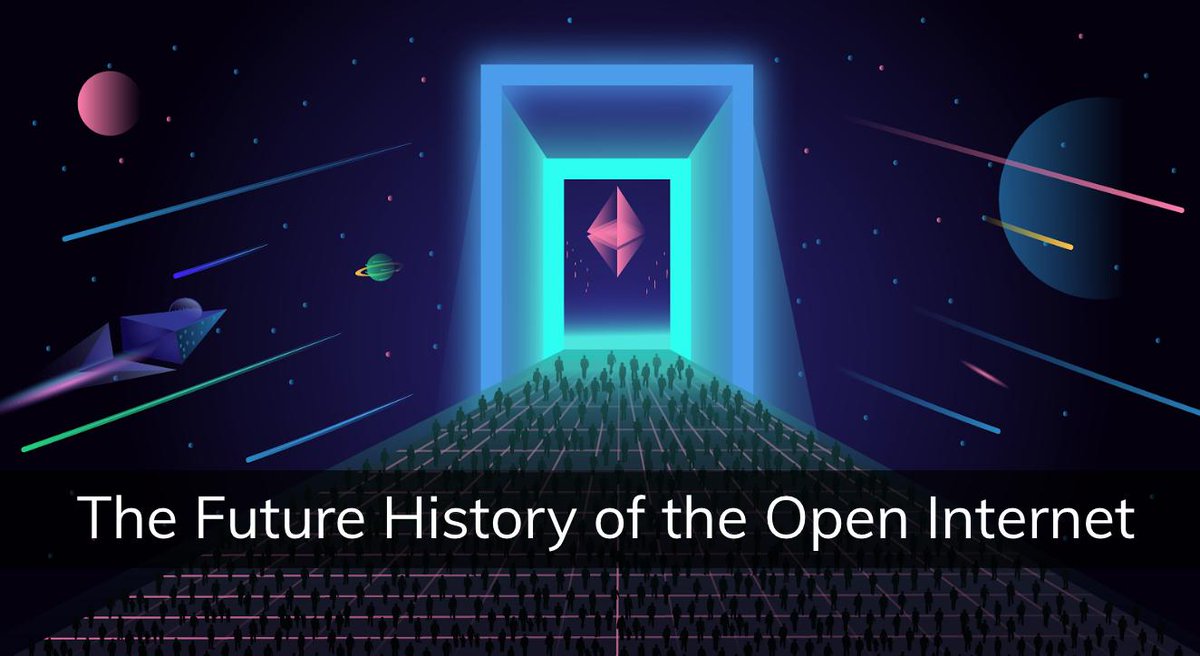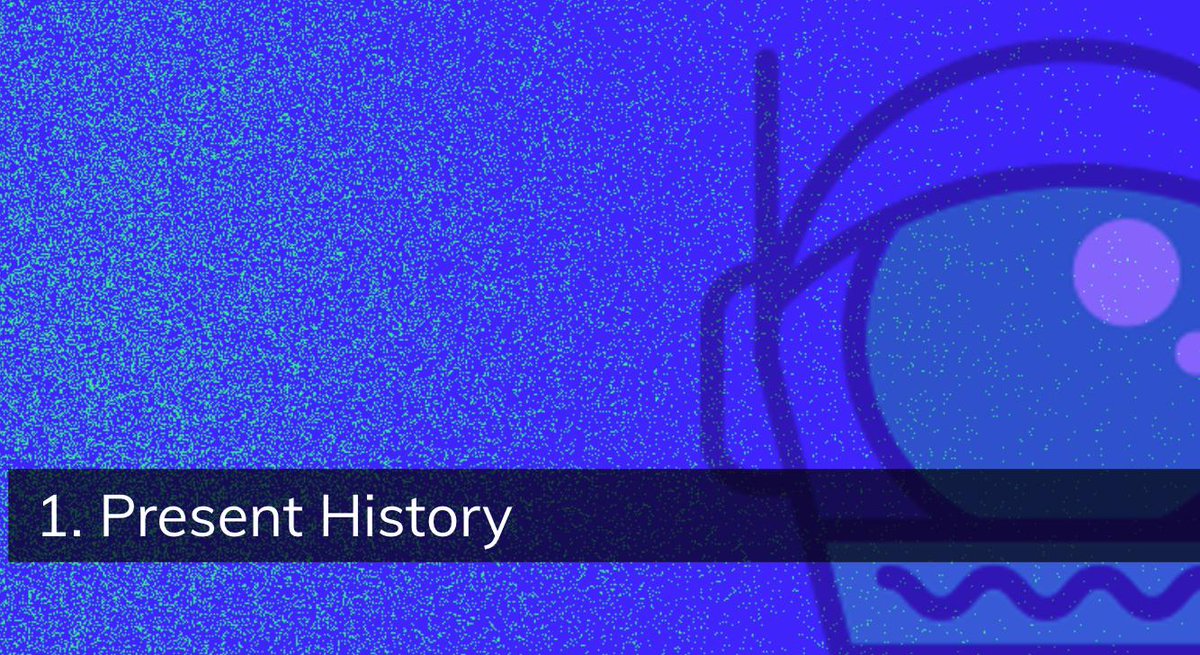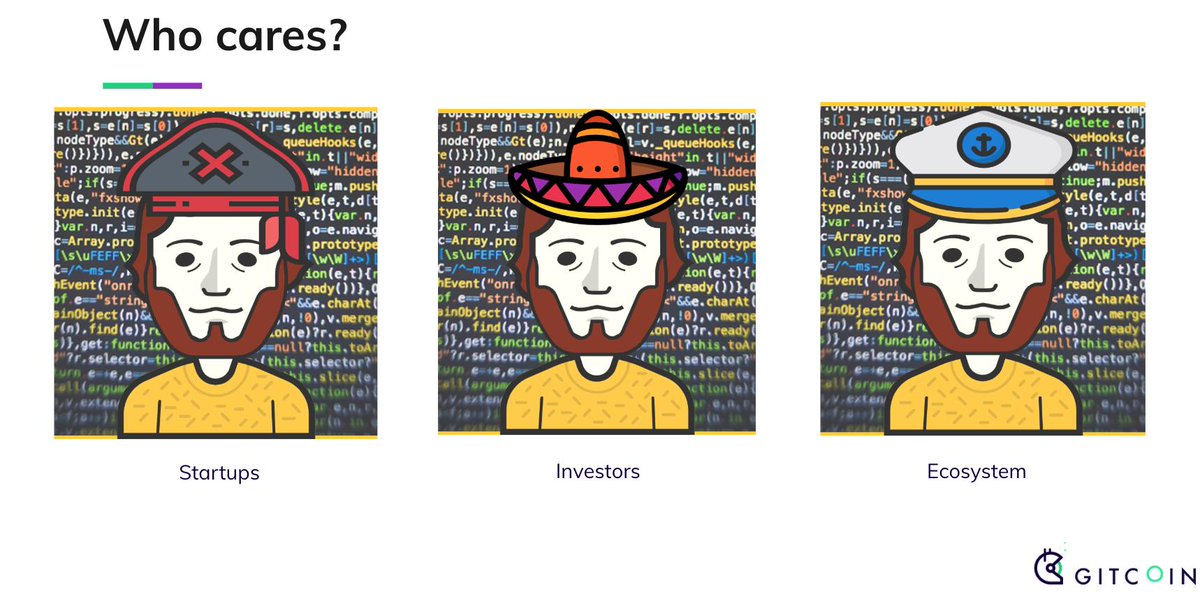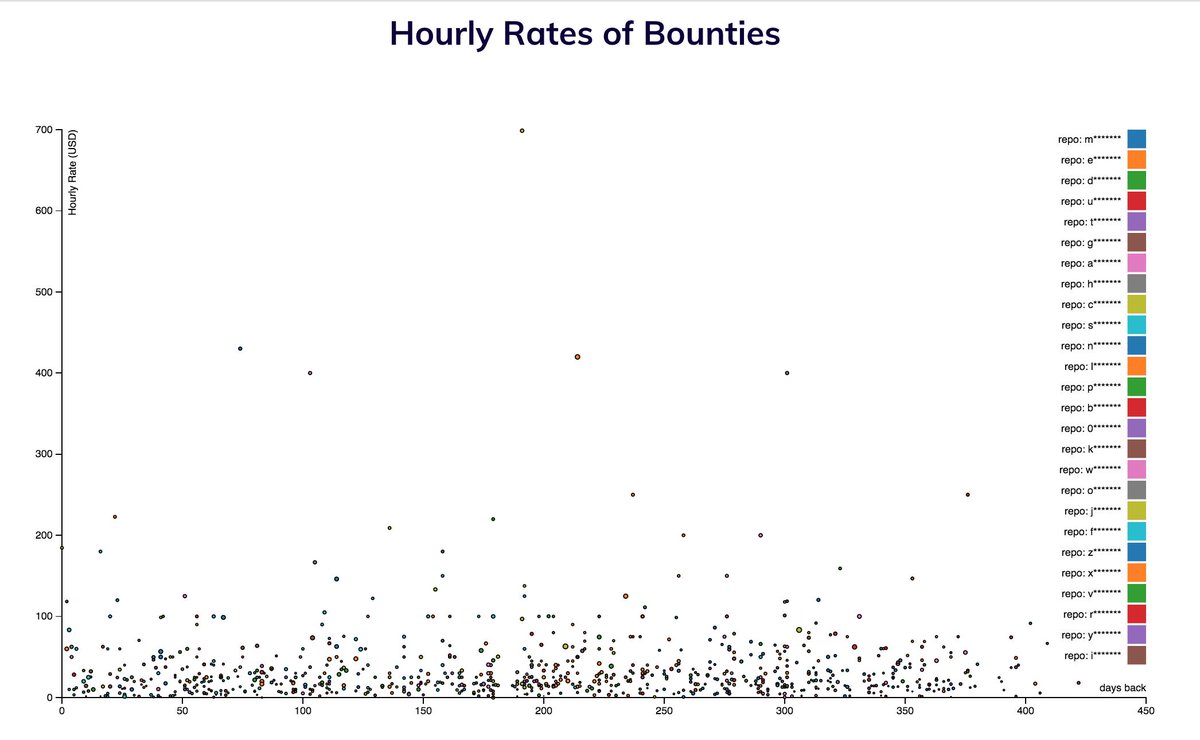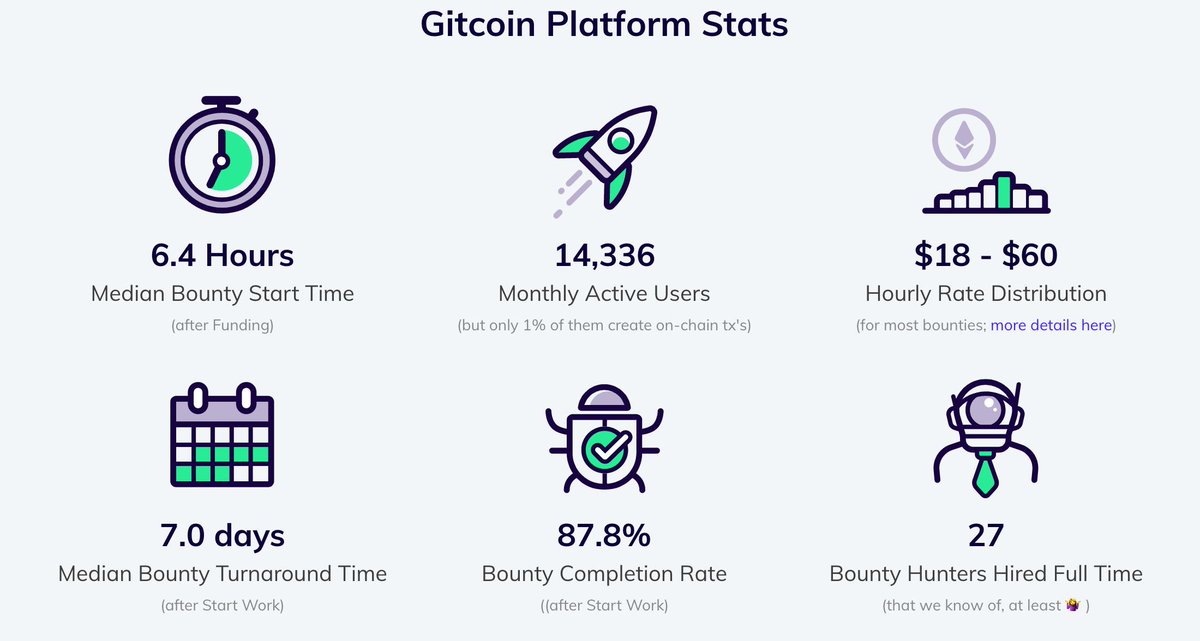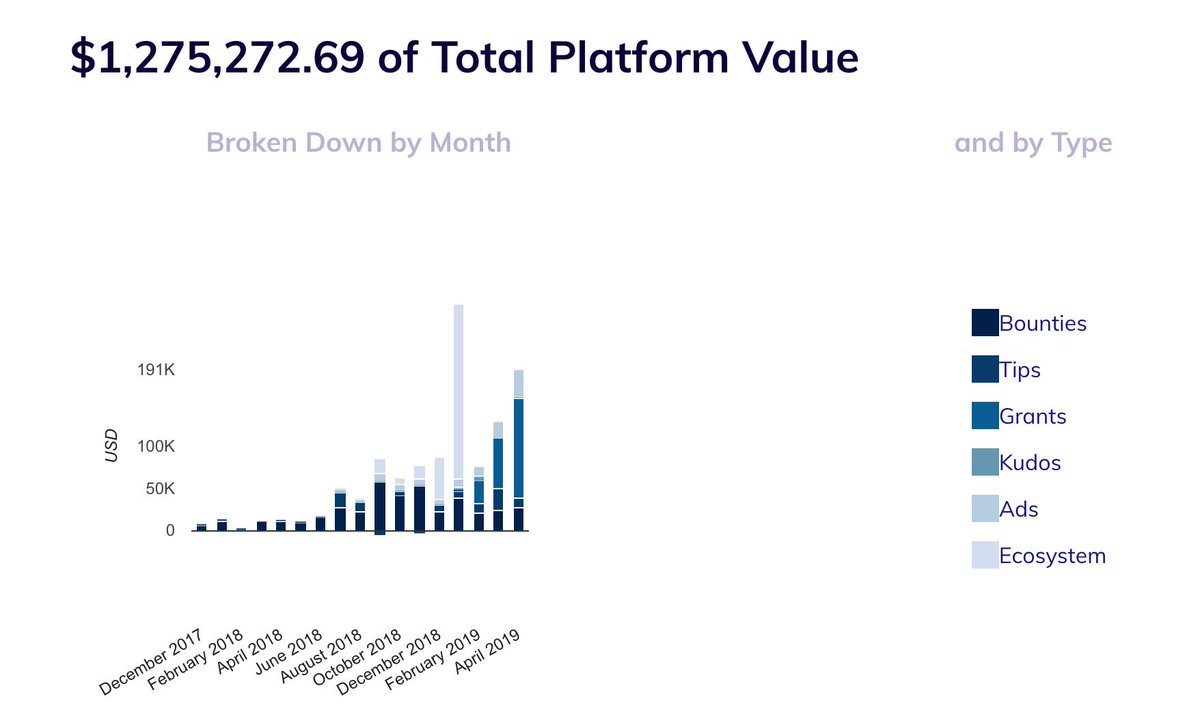
Gitcoin Grants is a giant red team / blue team exercise for battle testing Quadratic Funding in the real world 🌎
Today, the blue team is bringing out the big guns. 🔵 This is our most serious effort yet to systematically root out sybil/collusion. 👇
Today, the blue team is bringing out the big guns. 🔵 This is our most serious effort yet to systematically root out sybil/collusion. 👇
https://twitter.com/mZargham/status/1339278991430184962?s=20
Gitcoin Grants has a rich dataset, which we will be leveraging along with a @cadcad_org model, as part of ongoing work with the @block_science team to build infrastructure to harden QF.
https://twitter.com/owocki/status/1338556943703543808
Hardening QF means building in more tripwires to the system so that bad actors get caught & remediated more often.
And if we get it right, that means more $$$ for open source infrastructure (and other public goods) as we grow from $500k/round to something more like (puts finger in air, makes a guess) $5mm/round!
• • •
Missing some Tweet in this thread? You can try to
force a refresh



